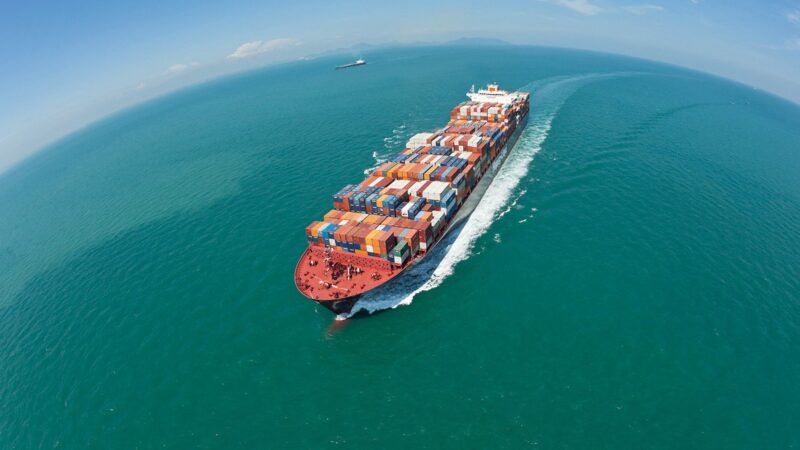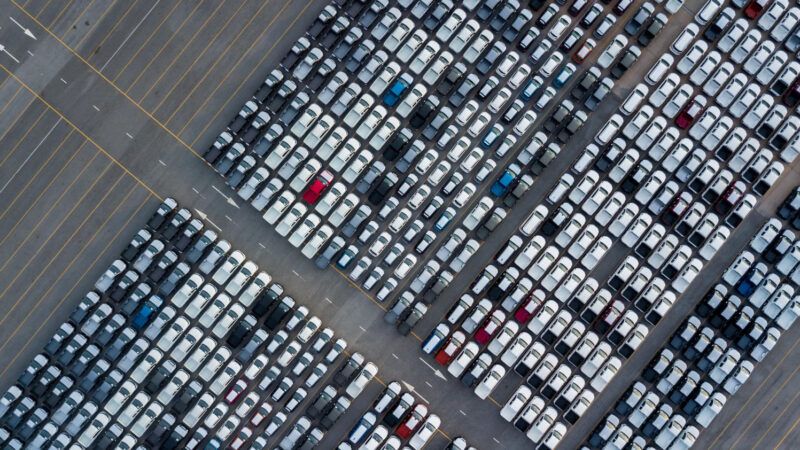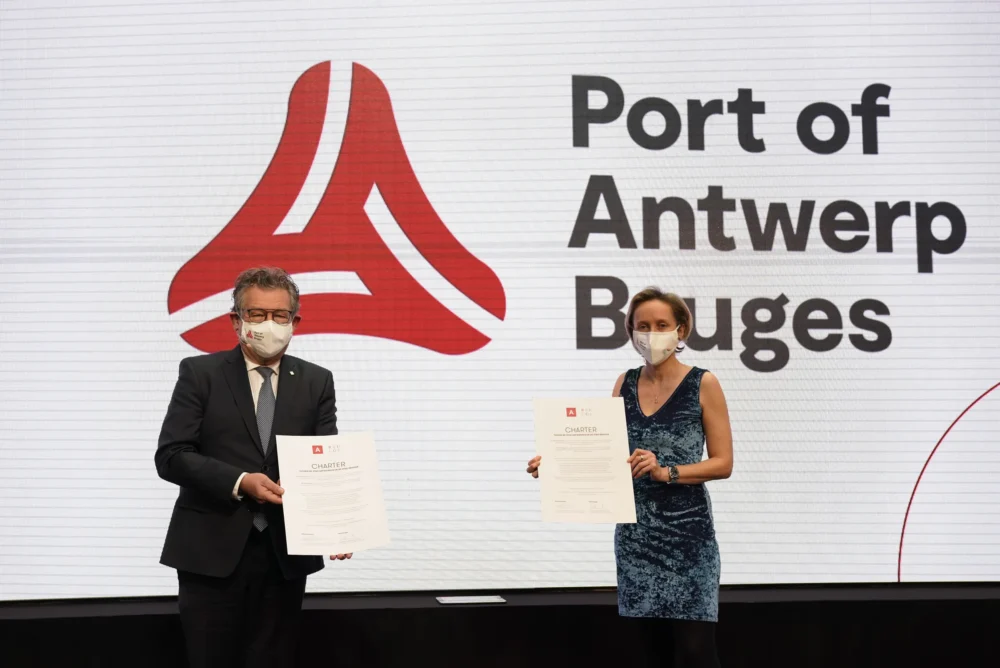 The strategy that the leading ports are adopting is union, joint learning and the establishment of alliances. (Port of Antwerp)
The strategy that the leading ports are adopting is union, joint learning and the establishment of alliances. (Port of Antwerp)
Collaboration between ports: strength through unity
Port authorities opt for collaboration to face common global challenges and objectives, such as digitalization, stability of the logistics chain or sustainability.
 The strategy that the leading ports are adopting is union, joint learning and the establishment of alliances. (Port of Antwerp)
The strategy that the leading ports are adopting is union, joint learning and the establishment of alliances. (Port of Antwerp)
Faced with increasingly complex scenarios, many ports are embarking on the path of collaboration. Three ways of implementing this collaborative process stand out:
1) Directly between two or more ports through collaboration agreements, which in some cases may lead to the merger of both port entities.
2) Grouped in associations or networks with a common purpose.
3) In the case of European ports, the grouping is also done under programs and projects funded by the European Commission.
1. Direct collaborations between port authorities
Either because of a geographical alliance or because there are common interests to be addressed, ports often establish direct collaborations for specific or recurring issues.
- Copenhagen and Malmö: the pioneering ports
The Öresund bridge-tunnel for road and rail traffic in the strait separating Denmark and Sweden was the trigger for the merger between the ports of Copenhagen and Malmö into CMP in 2001, as its existence significantly affected traffic between the two port enclaves. Discussions on their possible collaboration started in 1997 but quickly led to a merger project in 1998.
On January 1, 2001 the ports of Malmö and Copenhagen sealed their agreement and on May 15, 2001 CPM was inaugurated. It is the only port in the world that is owned by two different countries. It is 50% owned by the Danish company CPH City and Port Development I/S, 27% by the City of Malmö and the remaining 23% is privately owned.
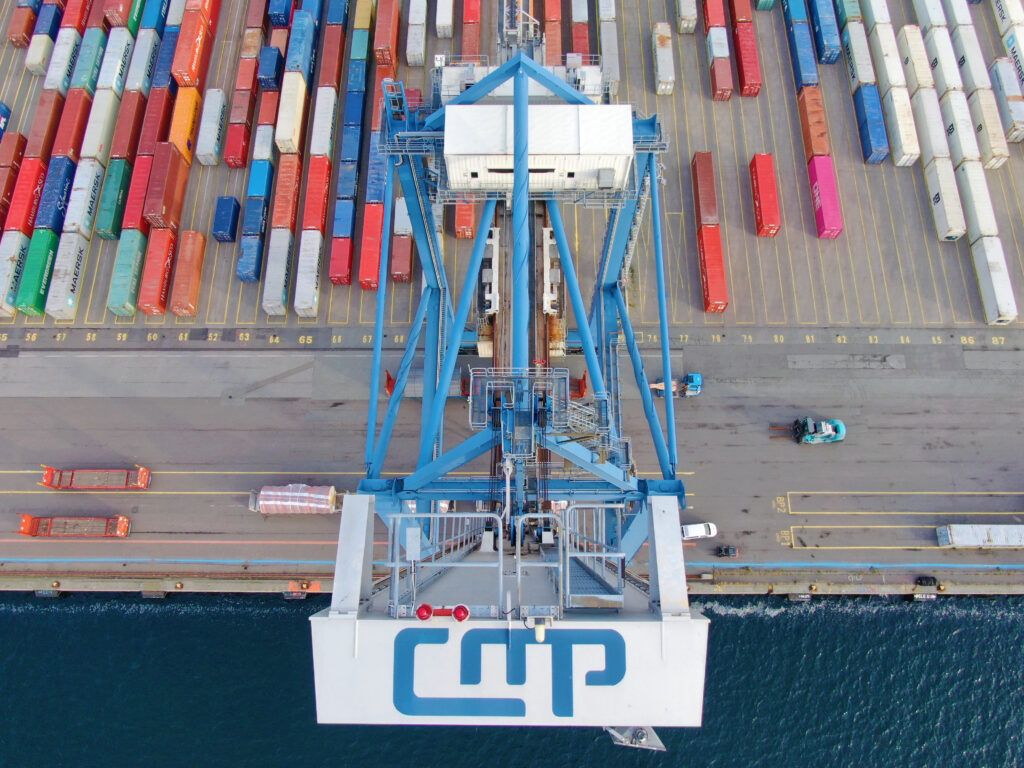
- Antwerp and Bruges: a union to build the port of the future
The agreement between the two Belgian cities in March 2021 marked the start of a unification process that is expected to last a year. Once completed, the ports will operate under the name Port of Antwerp-Bruges. 80.2% will be owned by the city of Antwerp and 19.8% by the municipality of Bruges.
It aims to become the largest container port in Europe, ahead of Rotterdam. The new port will also become one of the largest bulk ports and the largest port for vehicle traffic in Europe. In addition, the port of Antwerp-Bruges will account for more than 15% of Europe's gas transit. Finally, the port aims to become the most important hydrogen import hub on the continent.
- Los Angeles and Long Beach: Streamlining Cargo Operations
In February 2020, the ports of Los Angeles and Long Beach announced that they will strengthen collaborative measures in their cargo operations in San Pedro Bay. The goal, according to Mario Codero, executive director of the Port of Long Beach, is to streamline the transit of goods between the United States and Asia.
Both ports move 37% of the country's containerized imports and 25% of its exports, in addition to generating three million jobs.
This MOU is also an opportunity to explore five additional areas of cooperation that will enhance the competitiveness of both port authorities, and for which working groups will be created, in cargo transfer predictability, digital connectivity, cybersecurity, the establishment of metrics and workforce development.
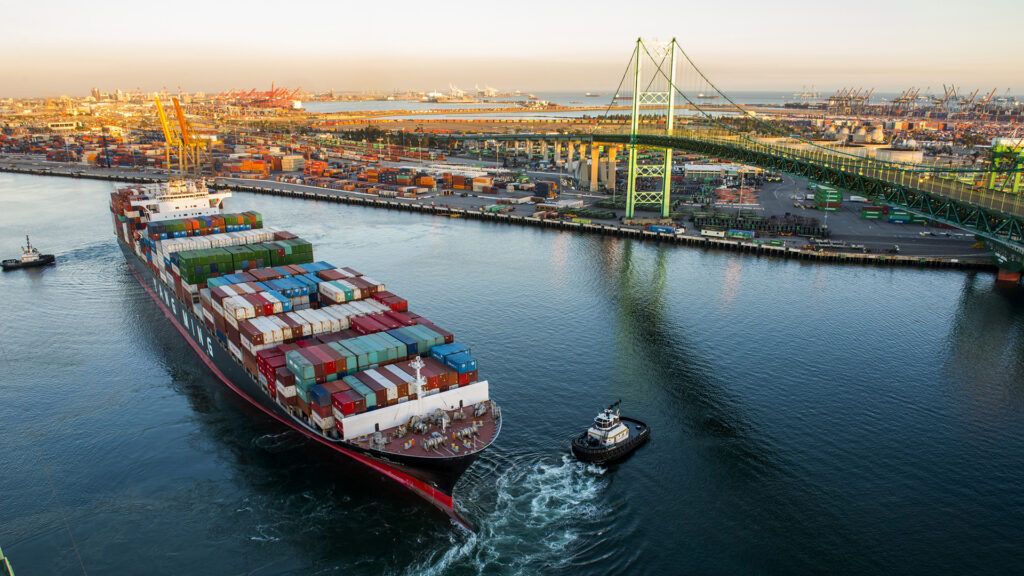
- Belgian and Dutch ports: a single electric power system
The Port of Rotterdam Authority, the Port of Amsterdam, the Port of the North Sea, Drechtsteden, the Port of Antwerp and De Vlaamse Waterweg are developing a plan to establish a single electric power system to supply inland navigation and river cruise ships while vessels are moored.
The aim is to support the region's sustainability objectives by favoring river freight transport and reducing truck traffic to reduce the emissions that this means of road transport generates. In the last quarter of 2020, the Port of Rotterdam Authority published a European tender that will ultimately lead to the selection of a contractor for these services.
- Barcelona and Busan: a logistic and corporate alliance
The ports of Barcelona and Busan (Korea) signed last October the launch of the company B2B Logistics Busan & Barcelona hub S.L., which will manage and promote trade between southern Europe and Korea. Specifically, it will be responsible for facilitating the distribution of Korean products through a warehouse located in the Logistics Activities Zone of the Port of Barcelona.
"Both ports have maintained a close relationship for a long time through various forums such as the IAPH or ChainPORT. This is a unique case of collaboration and the creation of a joint venture between two ports in developed countries, as there are similar examples between ports in developed and developing countries," says Jordi Torrent, director of Strategy of the Port of Barcelona and executive director of the company. The Port of Busan holds 51% of the shares and the Port of Barcelona 49%.
Busan is the sixth largest port in the world and, in addition to being one of the major Asian import and export ports, is, together with Singapore, one of the two main maritime transshipment hubs in the world. Asia accounts for more than 50% of the exports and imports transiting through the Port of Barcelona.
The future port of Antwerp-Bruges aims to become Europe's largest container port ahead of Rotterdam
2. Port collaborations in projects with European funding
Joint solutions to common challenges. The response of ports to European guidelines is crystallized in the form of consortia, agreements and the development of joint pilots aimed at making ports spearheads of sustainability. Below are some of these examples of collaboration, although there are many others.
- PIONEERS and MAGPIE: alternative energy and emission reductions
This is how PIONEERS (Portable Innovation Open Network for Efficiency and Emissions Reduction Solutions) was born, led by the port of Antwerp and with the participation of Barcelona, Constanta (Romania) and the inland port of Venlo (Netherlands).
These ports and 46 other partners will work side by side to develop concrete solutions to reduce carbon emissions in the sector. Specifically, and from the end of 2021, 19 projects are planned for a duration of five years and four areas:
- Renewable energy production and supply
- Sustainable port design
- Modal shift and flow optimization
- Digital transition
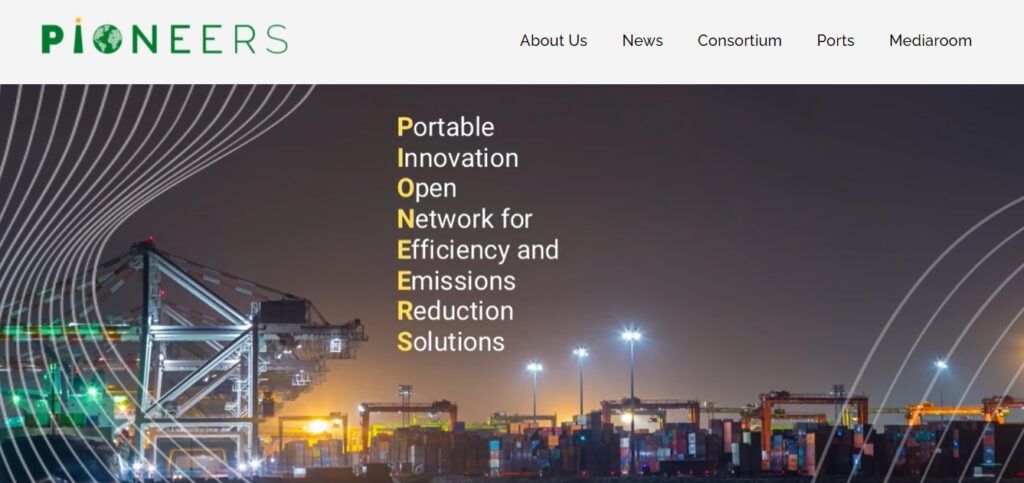
The second consortium of this nature is MAGPIE (sMArt Green Ports as Integrated Efficient multimodal hubs), led by Rotterdam and involving DeltaPort (Germany) HAROPA PORT (formed by Le Havre, Rouen and Paris) and Sines (Portugal) in partnership with 10 research institutes and more than 30 European companies.
This alliance focuses especially on new fuels and energy carriers under development. This includes production, transport, storage, distribution (fuels) and charging (electrical energy).
The MAGPIE project plans to set up pilot and demonstration projects in a living lab environment in the port of Rotterdam to advance the technological, operational, digital and organizational aspects of energy supply to be used in ports.
Both projects receive grants from the European Horizon 2020 program under the Green Deal call.
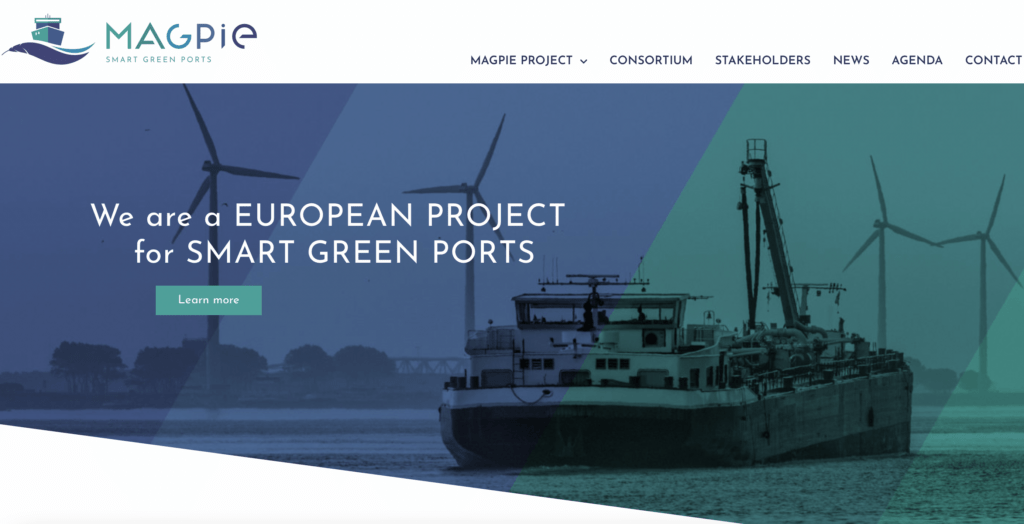
- EALING: advancing port electrification
Another European project with an outstanding collaboration between ports is EALING (European flagship Action for coLd ironING in ports) which aims to accelerate the effective deployment of OPS (Onshore Power Supply) solutions in European Union (EU) ports to implement a minimum of 30 installations in the 16 ports adhered to the project and which are located in the Mediterranean, Black Sea and Atlantic Sea.
Ports will be the scenario for pilots to accelerate the implementation of OPS solutions that define the technical, legal and regulatory studies for the transition to electrification of these ports. EALING has a duration of 36 months and is a project of the Connecting Europe Facility.
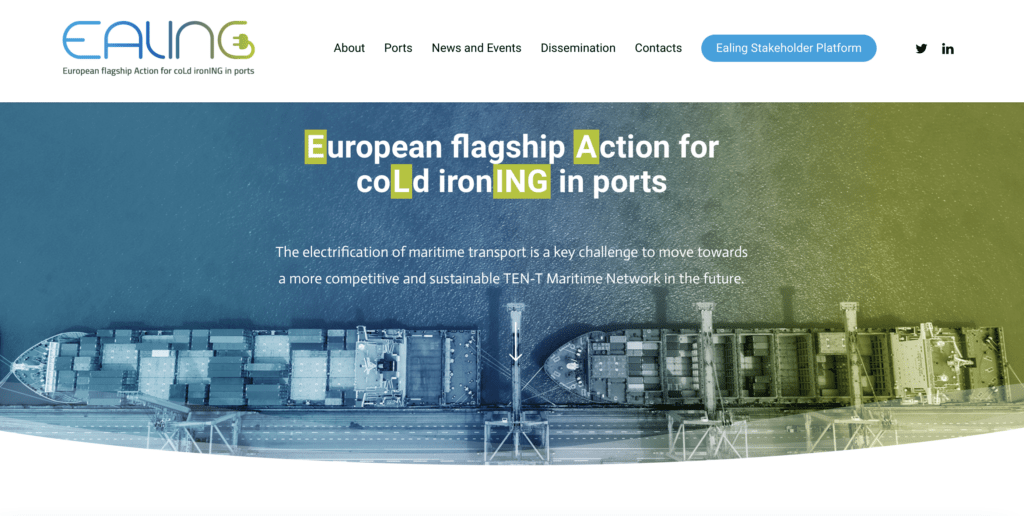
3. Strategic associations and networks
Traditional port associations such as the International Association of Ports and Harbors (IAPH), the European Sea Ports Organisation (ESPO) or Medcruise, to mention a few examples, try to defend the interests of their members at bodies, generally supranational, such as the European Commission, acting as a lobby and representing their members in a collegiate manner.
Recently, however, new types of associations are developing, which in many cases do not even adopt a legal structure, acting more like a "club of friends" with common interests, more focused on sharing knowledge and experience than on the traditional representation or lobbying function.
- ChainPORT: best practices in innovation, technology and strategy
Since 2016, and at the initiative of the ports of Hamburg and Los Angeles, ChainPORT serves as the leading transnational network among the world's leading smart ports, consisting of Antwerp, Barcelona, Busan, Felixstowe, Indonesia, Montreal, Panama, Singapore, Shanghai, Shenzhen and Rotterdam.
The objective is to share innovations or strategic issues in order to foster common learning and then share it with all members. Some of these areas refer to the digital revolution in ports, cybersecurity management, the efficient use of existing port infrastructures and the optimization of decision making from an investment perspective.
Other initiatives carried out from ChainPORT is the publication of these best practices, such as the manual published in 2020 entitled 'Leveraging Digital Solutions for Crisis Management', downloadable for those port authorities that want to move forward in turning their ports into smart facilities.
- DocksTheFuture Network of Excellence: adapting to change
The DocksTheFuture Network of Excellence is an initiative that aims to help ports develop collaborative projects to achieve their sustainable goals based on opportunities arising from European funding programs.
The initiative intends to play a leading role in the development of the port of the future by taking a proactive role in the sectoral changes ahead, accelerate the distribution of innovative ideas and the dissemination of best practices in the port industry and enrich the dialogue between ports as well as with the European Union, technology platforms, international associations and maritime clusters.
These three examples of collaboration demonstrate that the strategy that the leading ports are adopting is one of union, joint learning and the establishment of alliances. Alliances that allow them, in short, to be better prepared for the certainties and uncertainties of an increasingly volatile world.



